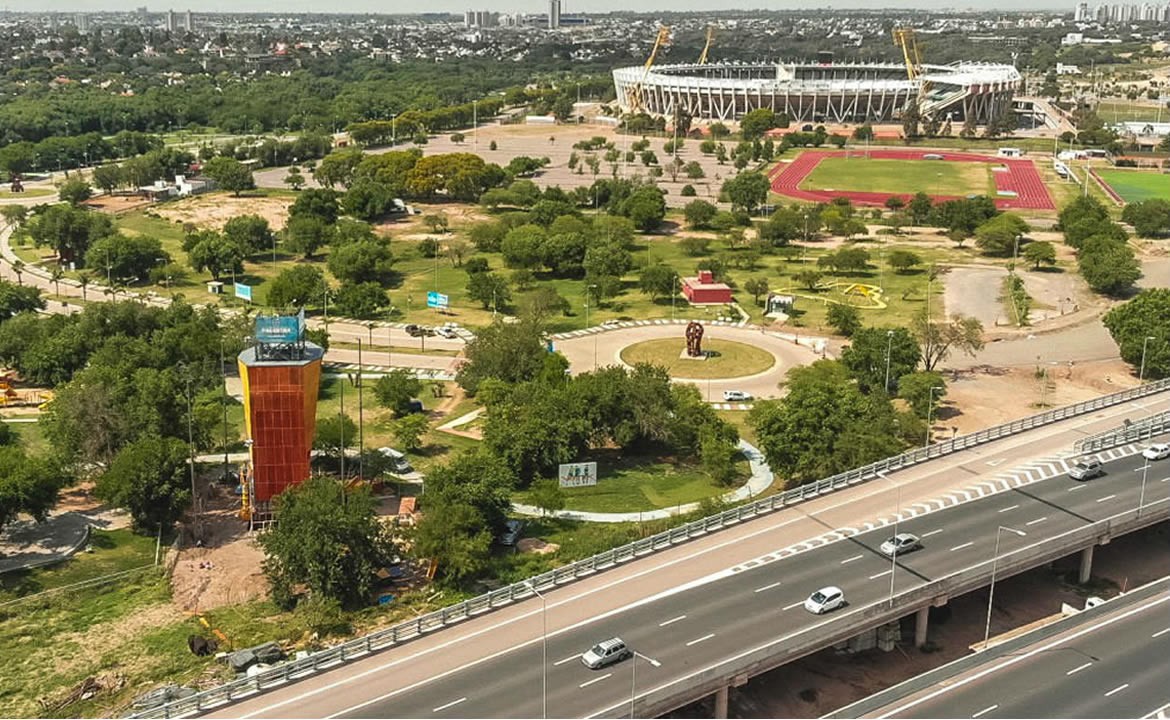It was a somewhat magical neighborhood, called the Sciences, located in the city of the Imagination raised to Infinity. The bookseller lived there, at number six, Calle de la Botánica. A woman, a scientist, was doing it two streets down, right in front of the bar called Los Átomos, on Paseo del Hierro. The priest had taken a very small apartment at the end of the Camino del Agua, in the Los Híbridos block, named for its great mixture of people and customs. Rented, in the building of the Geological Eras, thus marked by its ancient factory, in an apartment a politician was staying in search of a party. The artist, a convinced ‘snob’, resided in the Los Acantilados plot because he was seduced by the feeling of vertigo.
They were very tall blocks. For the teacher it was easy to find a comfortable home in the Ronda del Río and, finally, the philosopher spent his days inside Reacciones, a modernist building made of glass with steel. The magic of the whole resided in wide green areas and in the absence of strident noises. With minimal attention you could differentiate the whispers of the water, the song of a bird or the voices of children and laughter of their games. Magic and Science with Imagination are compatible areas. Magic shows us a reality, almost miraculous, by using hidden tricks surrounded by mystery. Science, in its magic beginnings, aspires to make this reality visible without simulations, by choosing reasons and repetitions with light and stenographers. Science and Magic, both mounts and mounts, have grown up under the umbrella of Ingenuity and Imagination: they are his daughters.
The bookseller was captivated by the impertinent fly Tse-Tse because he worshiped dreams and fantasies. In its bookstore, El Universo, located in the Vial de la Energía, on the corner of the Oropendolas Valley, you could find more than fifty titles that spoke of its more than twenty species, the consequences of its bite and its treatment. Elisa, the scientist, likes to walk and walk to work. After the Paseo del Hierro it came out onto Calle Volcán and turned right. He had to go through the Butterfly Garden to reach the Andromeda Round.
Going straight ahead, passing by the Hotel La Luz, it ended at the Campus of the Scientific Method. Her husband was a worker at the Enzimas SL laboratories, Glorieta de la Antarctica, after a forced passage through Plaza de la Óptica. His two daughters grew up in the Public School of Nature, where they go out every day to learn: they visit the gardens of the Paseo de las Rosas; they carry out experiences in the house that houses the Aula de las Ciencias, located in the famous Ronda del Sistema Periodico; they make observations in the Ethnographic Museum and in the Zoological Park, both facilities on the old Pterodactyl Trail. The city as a classroom, a school without borders, according to the innovative Petra Flores del Río: Photographic capture of animals and plants and the field turned into an unlimited classroom for physical exercise.
The Church was located in the Plaza Cigüeñas and the priest came to it from Calle del Sol and Calle de Los Naranjos. The man without a party liked to walk along Via de las Estrellas, Prairie de la Célula, Pago de las Dragonflies and, crossing the Bridge of Living Fossils, he would sit at the door of the Arco Iris cafeteria. The artist, Fernando, played with Light and Minerals on his blank canvases. His favorite place was the Corner of the Eternal Waves because, according to him, the energy of the Pegasus Constellation streets, nuclear DNA and Catalysts resided there, and all that power helped him paint. The Master, Lucia, lover of mystery, thought for streets names such as Edge of the Universe, Brain Transplant, Rambla de la Oscura Materia, the Fourth Dimension,
Year 3500, …, his mind wandered through nebulous areas and border enigmas. Meanwhile, the philosopher was convinced of the goodness of some characters and proposed naming the streets by consensus with names of people linked to Science drawn from history. Names that, by agreement, would only provoke admiration and recognition in all sectors: Hippocrates, Hypatia, Newton, Maria Cunitz, Galileo, Nicole-Reine Lepaute, Fleming, Marie Lavoisier 1, Linnaeus and others.
I warn myself that this series of proposals are candidates for the shelves of oblivion, but I intend to make it clear that there are alternatives to partisan interests to name streets that divide us so much. Everything is for a more tolerant country, with better respect and for a healthier and more relaxed coexistence, determining factors for progress and common well-being. The streets, which belong to everyone, should be meeting places.
* Retired teacher





